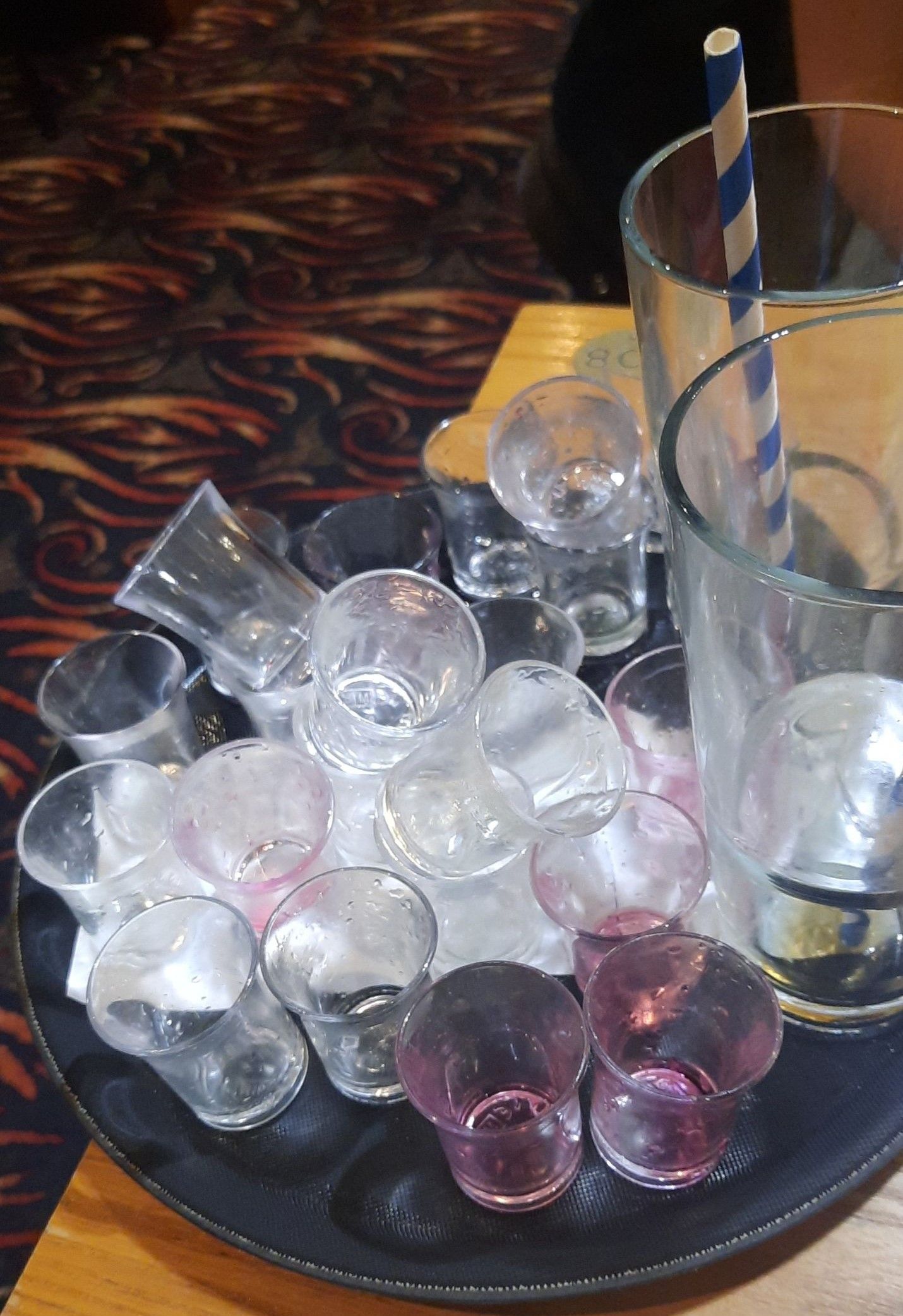By Delhi K. Kalwan, Third Year, MSci Biochemistry
Nowadays when we hear the word ‘spike’, it has become synonymous with surface proteins on the SARS-COVID-2 virus. But the last year has shown a very different spiking epidemic on the rise in bars and nightclubs
Due to the recent rise in spiking cases, we have seen students nationwide taking action by boycotting clubs with campaigns such as #GirlsNightIn in October 2021. Bars and clubs across the UK promised to offer drink lids to ensure the safety of their customers, and yet spiking continues to thrive. But what is scientifically going on when someone is spiked and what signs should you look out for?
It's a shame that women feel the need to boycott going out to be heard. We stand with women and everyone who is coming together to fight for safety through the #GirlsNightIn campaign 💪 pic.twitter.com/bPc8txaiqE
— Student Minds (@StudentMindsOrg) October 27, 2021
The most common form of spiking in Bristol is drink spiking, when a predator adds an illicit drug (which could be a dissolvable powder, tablet, or liquid) to the victim's drink when they aren't looking. On top of this there has been a new threat post-COVID, as reports of ‘needle’ or ‘injection’ spiking have grown. As the name suggests, the perpetrator is given an injectable drug through a very fine needle which is commonly injected where the victim has exposed skin.
Due to the fine point of the needle, it may not be noticed by the victim, although some have described a 'stinging' sensation and a small bruise appearing the following day. Injections work particularly quickly, since the drug is administered immediately into the blood stream and therefore reaches the brain quicker.
Ingested drugs are slightly slower as they must first pass through the stomach and be absorbed by the small intestine before entering the blood circulation. This is not to say though, that either is less dangerous, since this greatly depends on the concentration of the drug and the individual involved.
Injections work particularly quickly, since the drug is administered immediately into the blood stream and therefore reaches the brain quicker
The most well-known ‘date-rape’ drug, aside from alcohol, is gamma-hydroxybuyrate (a.k.a. GHB). The drug was onced used as an anaesthetic and is now prescribed as sleep medication, binding to GHB and GABBA-B receptors in the brain. Most studies however, seem to point to its use in approximately only two to five per cent of cases.
Rohypnol (commonly known as Roofie) is part of a class called Benzodiazepines, which are central-nervous system depressants and bind to GABBA-A receptors. A four-year study analysing blood samples of spiking victims in the US found that various benzodiazepines were often mixed together and with alcohol, this poses more risk to the victim since there is a higher chance of adverse reactions.
Most spikings are not immediately noticed but leave the victim feeling 'more drunk than usual' and commonly report their limbs feelings unusually stiff or 'heavy'. In some cases, victims may also black-out. Other symptoms listed by DrinkAware include: mental confusion, feeling sleepy, visual problems, loss of balance, nausea and/or vomiting.
However, the severity of symptoms can largely differ depending on how much alcohol has already been consumed and what drugs have been mixed. Although less common, stimulants such as Ketamine, Lysergic acid diethylamide (LSD) or Ecstasy may be used, and mixing these with alcohol can cause extreme medical complications.

The size, age, and biological sex of the person involved (as well as many other factors) can also vastly affect how well the drug is tolerated due to the differences in blood volume and metabolism. This makes it hard to determine the medical outcome of these cases.
A particularly understated form of spiking is the non-consensual addition of extra alcohol to someone's drink with the intent of making them easier to manipulate. This is also a form of drink spiking, and often not recognised as such. While it may seem less serious or harmful, the aim of this is exactly the same - to make the victim less in control and unable to make coherent decisions, often with the intent of theft or sexual assault.
An issue faced in all spiking cases is that it can often go unnoticed until the person starts acting out of character and it becomes more obvious that the extent of inebriation does not match how much alcohol has been consumed. Additionally, due to the relatively fast metabolism of alcohol, it is much harder to detect or use this as legal evidence.
Opinion | Shame and blame: why the culture around 'spiking' needs to change
Girls Night In campaign launched to spread awareness for the increase in spiking victims
Victims of all types of spiking often have a difficult time taking their case to doctors, let alone police, because of the difficulty in testing. This is because the drugs are often cleared through the metabolism very fast. For instance, a urine sample from a person who ingested GHB could test negative under 12 hours afterwards if the concentration is lower than the cut off that can be detected. However, if a perpetrator (or anyone attempting to spike) is found to be guilty they could be subject to a prison sentence of up to ten years.
With injectable spiking it is crucial to be medically examined as soon as possible after the incident, if possible, as blood-borne diseases such as HIV and Hepatitis B may be transmitted through unsterilised needles. Luckily, this is uncommon in most cases of spiking but still a notable risk to consider.
Featured Image: Unsplash/Michael Discenza and Epigram/Sarah Dalton
If you think you may have been spiked and/or assaulted please visit your local A&E or speak to a trusted doctor.
For more information please visit: https://www.drinkaware.co.uk/advice/staying-safe-while-drinking/drink-spiking-and-date-rape-drugs#whataredaterapedrugs








